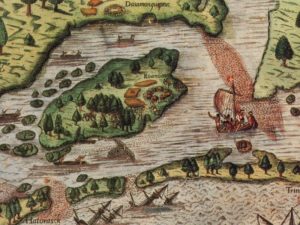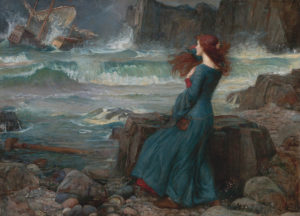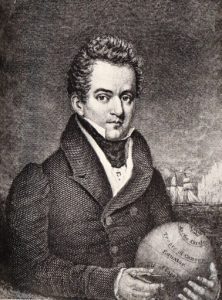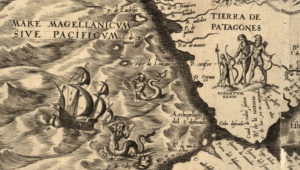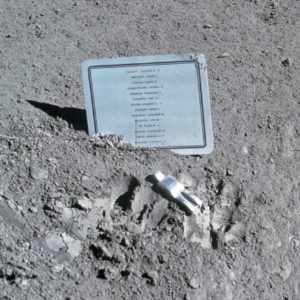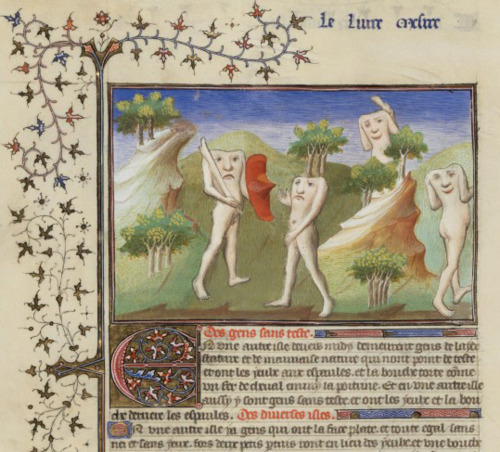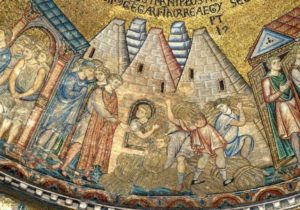Eric Tagliacozzo is a professor of history at Cornell University, and his new book In Asian Waters: Oceanic Worlds From Yemen to Yokohama outlines five centuries of maritime history in the Asian world. In this wide-ranging interview, we discussed how China created trade routes that stretched all the way to Africa’s Swahili coast, the ocean-going history of Vietnam, and the role of consumer goods, piracy, slavery, and religion in the Indian Ocean, South China Sea, Pacific, and beyond.
Podcast: Play in new window | Download
Subscribe: RSS
